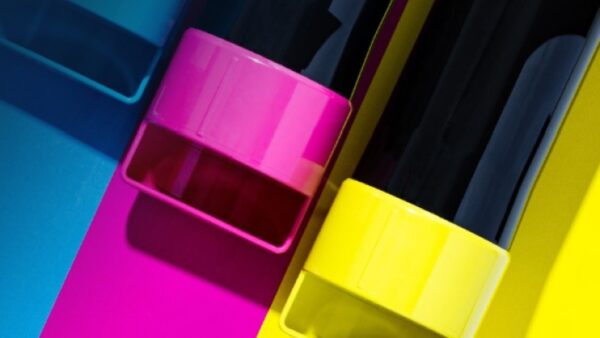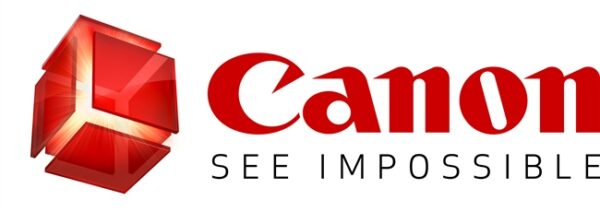Clover Imaging Group looks to shake up the wide format supplies industry.
For the last four years we have attempted to make our audience aware of the looming importance of industrial print. We have explored this from every possible perspective.
The proof of industrial print’s acceptance is beginning to come to light. We know of at least a half dozen dealers who are engaged in this segment of the business. That is gratifying to us and if you saw our September 2019 Production Print issue you learned about one of them.
Recently, we received a call from Aaron Dyck, senior vice president marketing, Clover Imaging Group who relayed some important news that he thought we would be interested in hearing. He then set up a call with Michael Frothingham, vice president, specialty inkjet, postal and wide format, Clover Imaging Group, with CJ and yours truly.
What Frothingham shared with us was the availability of generic inkjet supplies for wide-format devices. The sweet spot of 24” to 60” wide format is covered in their announcement. We asked about the rest of the inkjet availability and it extends up to and includes industrial printers.
Why is this good news? It tells us that we were right on when prognosticating that the best days of print are ahead of us and not behind us. Frothingham also shared a small part of Clover’s research around wide format.
According to Clover, this area of print is expected to grow 36%. At the high end of industrial print which includes textile printing only 5% of the machines are digital. We all know what that means.
The reality is no off-brand company such as Clover can afford to develop a line of supplies unless they are convinced that market is extremely viable. The company foresees a market where they can comfortably capture 20 to 25% market share. They have no generic ink competitor for now.
We know this news does not make the OEMs happy. The supply side of the business is where the major portion of their profit comes from. It is their recurring revenue. However, if you look at MPS as an example, dealers embraced the concept of integrating generic brands of toner into their MPS installations long ago. Based on our research it improved their overall supply margins from 28 to 40%.
Dealers rarely, if ever, went deeper than 25% of placements in their MPS MIF for different reasons. In some cases, consistencies of quality and reliability. In others, the need to maintain a positive relationship with their hardware supplier.
However, without the integration of an off-brand, dealers would have been hard pressed to make the level of profit they currently enjoy. This gives them the capability to buy more machines and close more MPS contracts.
The introduction of a generic line of toners for wide and large format is a win-win for everybody. Of necessity, the margins on high-volume specialty printers is small and the supply revenue is essential to dealers.
When you are placing industrial print machines that start at $150,000 and the hardware is less than acceptable dealer margins, the profit must come from the supplies. In that case it must be much higher than the conventional levels.
There is only one way to do this and that is generic inks.
We welcome a contrary view from the manufacturers because we know how important this segment of the business is to them. Please reach out to us and give us your rationale as to why we may be overlooking something extremely important. We will be happy to print your responses without editorial comment.
Access Related Content
Visit the www.thecannatareport.com. To become a subscriber, visit www.thecannatareport.com/register or contact cjcannata@cannatareport.com directly. Bulk subscription rates are also available.



